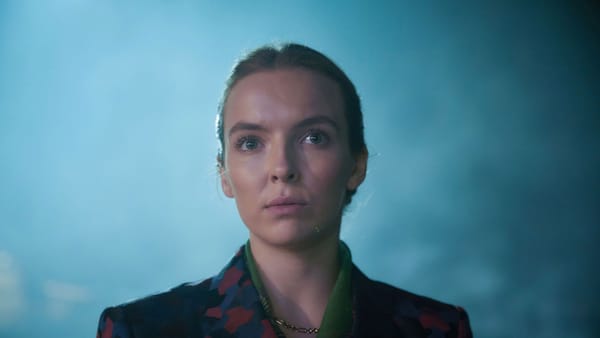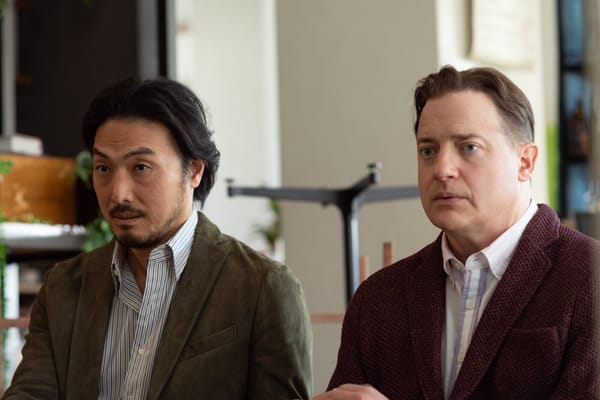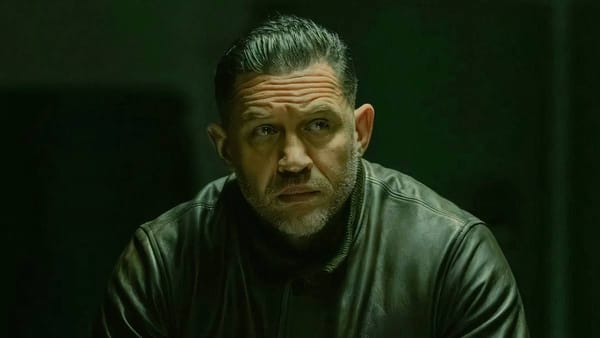The final portrait of a man who refused fear.

NAVALNY is a political thriller made real — a documentary that unfolds with the urgency of a spy film and the grief of a tragedy that was never going to have a different outcome. Daniel Roher’s portrait of Alexei Navalny isn’t hagiography; it’s a record of a man standing in confrontation with a state that relies on silence, fear, and erasure. The film captures the months after Navalny’s 2020 poisoning, when survival becomes both a miracle and a message, and when returning to Russia becomes an act of defiance bordering on martyrdom.
What makes the documentary so gripping is its unfiltered proximity. Roher and his team capture Navalny not as an abstraction of “opposition leader” but as a flesh-and-blood human: sarcastic, tired, funny, stubborn, afraid, determined. His charisma is undeniable, but so is his vulnerability. He jokes because he understands the stakes. He laughs because fear is a tool of the system he refuses to obey. We watch him slip between public resolve and private terror, the weight of the Kremlin’s attention heavy in every frame.
The heart of the film — and its most astonishing sequence — is the investigation into the poisoning itself. Working alongside Christo Grozev and the Bellingcat team, Navalny helps unravel the operation with forensic precision. Phone records, travel logs, chemical weapons experts, and data trails lead to a shocking truth: his assassins are both highly trained and astonishingly incompetent. The moment Navalny cold-calls one of the agents, who proceeds to confess the details of the poisoning, feels impossible — a scene so surreal it borders on dark comedy. Yet it is devastating, because the absurdity reveals something essential about authoritarian systems: they are brutal, but also sloppy, paranoid, and profoundly human in their dysfunction.
Roher also situates Navalny within the wider historical context of modern Russia. The film acknowledges the long lineage of poisoned dissidents, rigged elections, state-controlled media, and the Kremlin’s systematic destruction of civil society. Navalny isn’t an isolated figure — he is part of a generational fight against a state that conflates criticism with treason. His anti-corruption work, from exposés of oligarch estates to viral investigations, reflects a deeply Russian tradition of dissent that predates Putin and will outlive him.
Yet the documentary avoids framing Navalny as a simple hero. It acknowledges the controversies around his past nationalism, the political ambiguities of his coalition, and the moral complexity of opposition within a broken system. Roher doesn’t sanitize him. He presents Navalny as someone whose flaws do not negate his courage — a man increasingly aware that his personal story may end in imprisonment or worse, but who insists on returning to Russia anyway.
When Navalny boards the flight back to Moscow, the film takes on a tragic inevitability. The crowd waiting for him at Sheremetyevo Airport is joyous; the police waiting for him are efficient. His arrest is swift, cynical, and expected. His message to supporters — “Don’t give up. If they decide to kill me, it means we are incredibly strong” — becomes a kind of prophecy.
NAVALNY ends not with victory, but with the stark truth of authoritarianism: the individual can be silenced, imprisoned, even killed, but the ideas they carried can’t be so easily erased. The documentary stands as both testament and warning — a record of courage in a country where courage is fatal, and a reminder that resistance often continues in the dark, long after the cameras stop rolling.
It is one of the defining political documentaries of the decade: urgent, meticulous, and heartbreaking.




